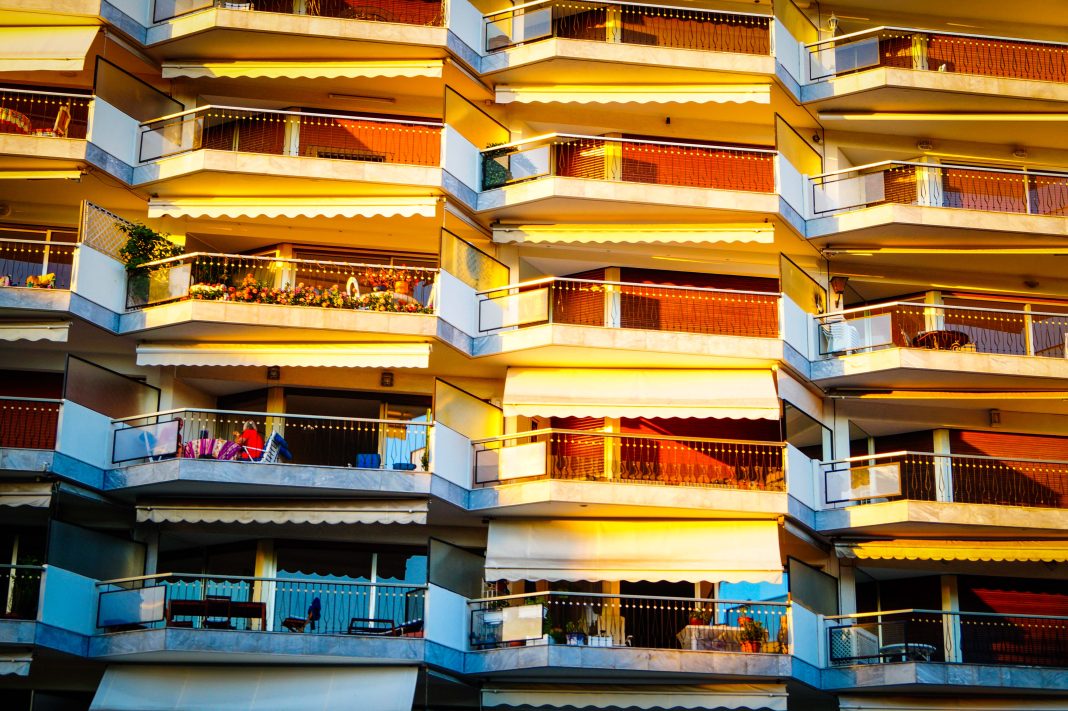Making housing affordable is not a simple task. To make things easier for you, we have researched some of the main challenges you will come across. Familiarise yourself with them now and get a head start!
There is no place like home. It’s more than just shelter. It’s a place where we feel safe and secure. However, that place is becoming increasingly expensive. If we want to prevent the housing affordability crisis from worsening, we need to act now. However, this is easier said than done. Making housing affordable involves numerous hurdles. With the help of housing experts, we identified six of them:
1. The Mindset: Greed Before Need
What is housing? A safe investment opportunity? An asset that will increase in value? Probably. However, this perception can be detrimental if not complemented by another: housing is also, and most importantly, a human right.
This other side of housing is often overlooked. Housing is mainly seen as a great way to make money. The housing market is driven by profit, not by “giving the people a roof over their head,” Barbara Steenbergen from the International Union of Tenants tells us.
Additionally, global advisor Dr Orna Rosenfeld highlights that instead of questioning rising housing prices, people often doubt themselves for not being able to afford decent homes.
This perception needs to change to guarantee everyone access to good, affordable housing. However, changing people’s mindsets poses a challenge. The current profit-oriented attitude is deeply ingrained in many of us. In an episode of The Wealth Chat, Polly Neate, CEO of the housing and homelessness charity Shelter, explains:
“We put up with problems in our housing system that if they were in other public services, like the NHS, for example, we just wouldn’t put up with them. But, somehow, this problem is hidden.”
2. The Stigma Enigma
In some countries, there is a certain stigma attached to affordable and, in particular, social housing. It is seen as dangerous and ugly. Its tenants are often perceived as dodgy scroungers who indulge in drugs and other vices.
Due to this negative perception of social (and affordable) housing, many oppose its construction. People don’t want these buildings in their neighbourhood, Sierra Atilano from the Skid Row Housing Trust tells us. This stigmatisation is the result of various factors, such as the often brutalist architecture of this type of housing. These factors need to be addressed to destigmatise and gain support for affordable housing.

3. A Long and Winding Road
Housing affordability is a complex issue. That means it might be difficult to get a clear picture of the situation and identify exactly what needs to change.
For one thing, the crisis is caused by myriad factors. These include but are certainly not limited to:
- the financialisation and privatisation of the market,
- the global financial crisis,
- the lack of sufficient regulation,
- touristification.
To complicate matters further, there are also numerous actors involved, such as:
- private investors,
- landlords and sellers,
- renters and buyers,
- governments,
- banks and hedge funds,
- international institutions and organisations.
Dr Rosenfeld highlights that if we want to solve this crisis, “we must actually engage with the problem, seriously examine all the facets, map all the actors”. That takes a lot of time, effort, and research.
4. A Race Against Time
Policymaking requires a lot of time. The problem is that housing-related phenomena, as Dr Orna Rosenfeld explains, often develop faster than housing policies. Existing social and affordable housing policies took decades or even centuries to establish. New solutions are needed quickly, and desperately.
5. Money Makes the World Go Round
You will have to raise finance. This is particularly true if you want to build new affordable housing. There are various ways to fund affordable housing projects; the key is to identify which ones are most suitable for you and to gain access to them. In some cases, Barbara Steenbergen tells us, you might have to push for a redirection of already existing budgets. A tricky exercise!
6. Copy-and-Paste Doesn’t Work
Generally, there is no one-size-fits-all solution. Affordable housing-related actions must always be responsive to the needs of the local community. It is, therefore, very difficult – if not impossible – to copy solutions from other cities and implement them elsewhere.
Our Young Leader Mathis Dippon, for example, explains that we (technically) could encourage everyone to adopt Vienna’s housing model, but “then there’s a mayor from the MENA region who says that he finds that brilliant but asks where he should get the funding from. That is extremely expensive. So, I am standing there saying, ‘That’s true, that is expensive. You probably won’t be able to implement that’.”
When addressing the housing affordability crisis in your city, you need to consider its specific make-up and tailor best practices to its context. It is only by doing so that you will achieve effective and exceptional results.
The Challenge of Making Housing Affordable in a Nutshell
As Coldplay would sing: “Nobody said it was easy”. From changing mindsets, destigmatising affordable housing, and gaining clarity to racing against time, finding funding, and developing effective solutions – making housing affordable comes with plenty of challenges. By identifying them, we hope to have brought you one step closer to reaching your goal.


